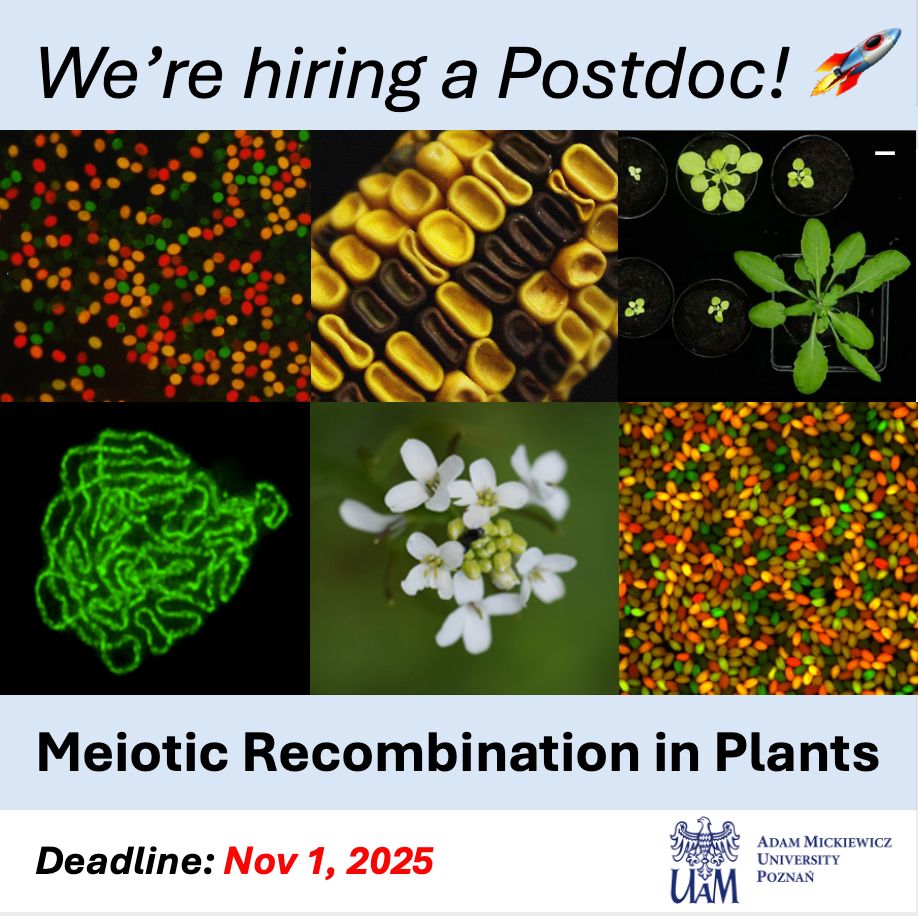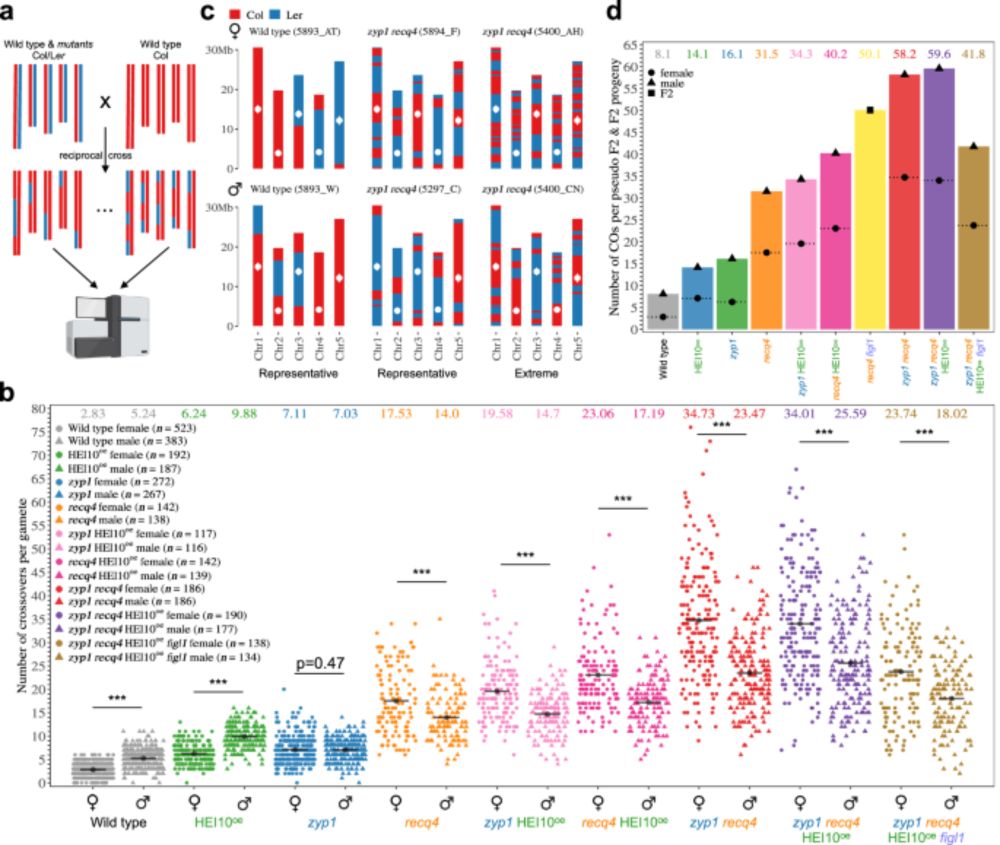Susan Johnston
@susanjohnston.bsky.social
1.4K followers
770 following
44 posts
Senior Lecturer and Royal Society University Research Fellow at the University of Edinburgh. Quantitative genetics of meiotic recombination, sex dimorphism, and immunity in 🐦🐟🦄🌾. Shy Glaswegian. Mum of two franco-ecossais.
Posts
Media
Videos
Starter Packs
Reposted by Susan Johnston
Reposted by Susan Johnston
Reposted by Susan Johnston
Reposted by Susan Johnston
Reposted by Susan Johnston
Laura K Hayward
@lkhayward.bsky.social
· Aug 23
Reposted by Susan Johnston
Anna Hewett
@annamhew.bsky.social
· Aug 25
Reposted by Susan Johnston
Susan Johnston
@susanjohnston.bsky.social
· Aug 18
Susan Johnston
@susanjohnston.bsky.social
· Aug 18
Susan Johnston
@susanjohnston.bsky.social
· Aug 18
Reposted by Susan Johnston
Reposted by Susan Johnston
Flo Débarre
@flodebarre.bsky.social
· Aug 14
Reposted by Susan Johnston
Melissah Rowe
@melissahrowe.bsky.social
· Aug 12

Postdoctoral researcher: avian microbiomes and reproduction
We are looking for a postdoctoral researcher to join our team working on avian reproductive microbiomes at the Netherlands Institute of Ecology (NIOO-KNAW) in the group of Dr. Melissah Rowe. The postd...
nioo.knaw.nl
Reposted by Susan Johnston
Susan Johnston
@susanjohnston.bsky.social
· May 26










